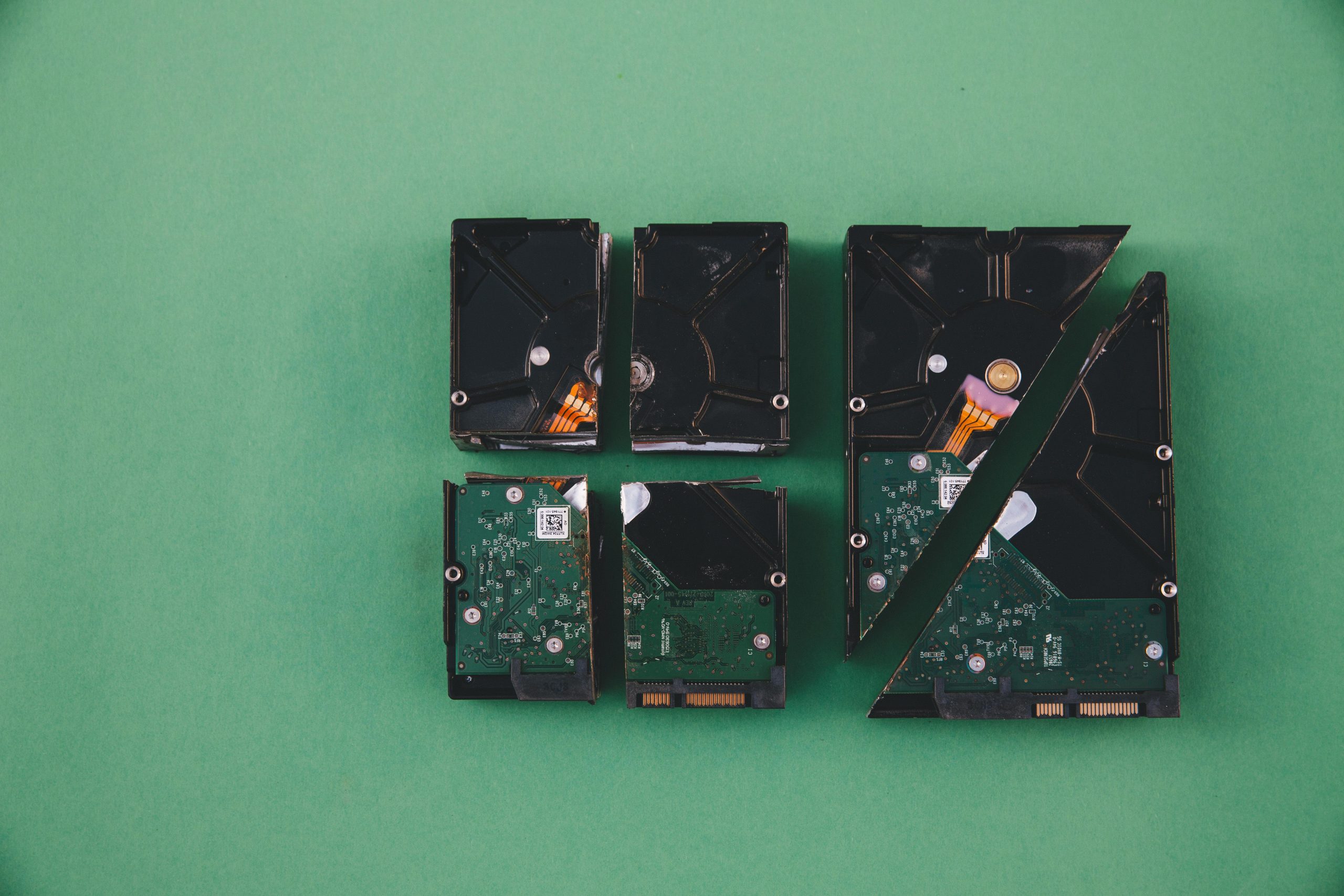Optimizing Windows Migration to New Hardware: A Guide to Using Existing Drive and BIOS Configuration
Upgrading to new computer hardware while retaining your existing Windows installation can be a strategic way to save time and resources. However, it often involves troubleshooting BIOS settings and understanding compatibility nuances. This article provides a comprehensive overview of the process, highlighting key considerations to ensure a smooth transition.
Scenario Overview
Imagine transitioning from an older system equipped with an AMD Ryzen 5 2600X running Windows 10 to a new build featuring an AMD Ryzen 7 7800X3D processor on an ASRock B650M Pro RS motherboard. The goal is to reuse the existing hard drive with Windows installed, avoiding a complete reinstall or purchasing a new license for Windows 11.
Initial Setup and Recognition
After assembling the new system, the BIOS successfully detected all hardware components and recognized the old drive. However, an obstacle encountered was the absence of the “Boot Options” menu within the BIOS interface. This omission can hinder the ability to select the existing drive as a boot device directly from BIOS.
Enabling Compatibility Settings
To address this, the user enabled the Compatibility Support Module (CSM) in the BIOS. While this action made the drive appear in boot options, it introduced a new challenge: booting the system led to system hangs when restarted with CSM enabled.
Adjusting Video and Boot Policies
Further modifications involved changing the “Launch Video OpROM Policy” setting from “UEFI only” to “Legacy only.” This change permitted the system to boot successfully from the old drive. These BIOS adjustments facilitated booting into the existing Windows installation on the new hardware.
Considerations for UEFI and Secure Boot
One critical aspect to consider is the BIOS’s boot mode—UEFI or Legacy. Modern systems favor UEFI mode for security and performance benefits, and Windows 10 and 11 are optimized for UEFI booting with Secure Boot enabled. Switching to Legacy mode can simplify boot configurations but may limit certain security features and future upgrade paths.
Compatibility and Upgrade Path
While the current setup allows booting from the existing drive, Windows operating systems installed under Legacy mode might face challenges when upgrading to Windows 11, which requires UEFI firmware with Secure Boot enabled. To ensure compliance:
- Verify whether your existing Windows installation can transition to UEFI mode without reinstallation.
- Consider converting the drive from Legacy BIOS mode to UEFI, which often involves backup and reconfiguration.
- Check if your current Windows license
Share this content:



